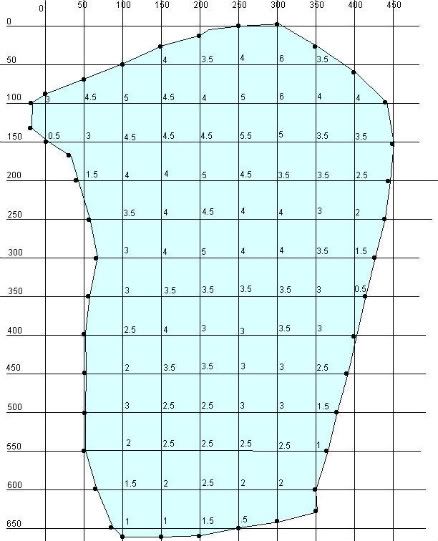it spread throughout the pond and gets real thick
That phrase usually doesn't describe a well behaved aquatic plant. I generally agree with many fishery biologists who say that 15-40% plant-coverage is the ideal range; although it varies with a lake's design, the types of plant(s) and the species of fish-inhabitants.
For urban "fishing ponds", alternating areas of open and vegetated shoreline would well serve both the fish and fishermen. But, a submerged plant like elodea doesn't always represent the best type of vegetation since it often expands far beyond the desired level of coverage.
Long-leaf Pondweed would be a preferable specie, since reduced sunlight-penetration in deeper water tends to restrict its growth to shallow perimeters.
Altering the pond's established plant population may fall beyond the scope and feasibility of your project. But, it might be something to consider in the long-term; especially if a herbicide treatment that targets duckweed & watermeal might also curtail the elodea and allow the subsequent introduction and establishment of long-leaf pondweed.
I may be jumping ahead prematurely, since I don't know the pond's depth-profile - which affects where and how various aquatic plants will grow. A
bathymentric assessment (basic diagram shown below) of the pond's depths would yield valuable information for considering both plant-management and structure-placement options. Are you in any position to secure such information (with appropriate assistance & supervison)?
